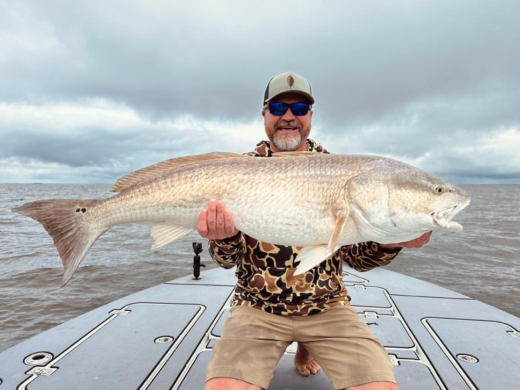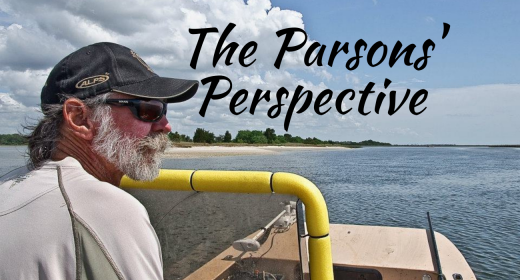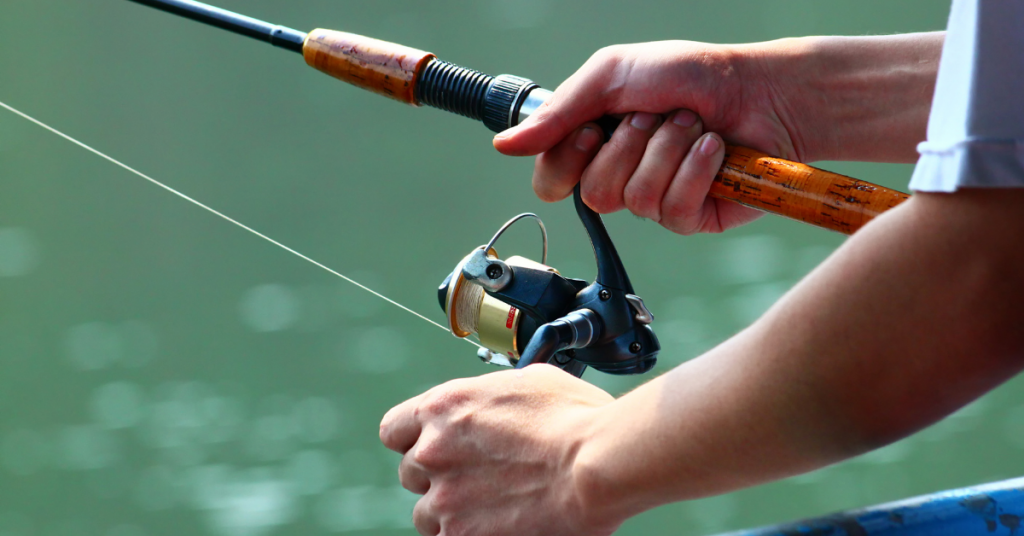The Art Of The Perfect Inshore “Hook-Up”
Do fishing tactics change between inshore and offshore fishing? Not so much when it comes to the hook-up.
So, here’s where you start. Once you get a bite, it’s sometimes hard to remember to focus on reeling the line tight and pulling the rod back slow and steady. A quick jerk of the line can cause a break while a loose line can cause the fish to spit the hook. Set up your rod and line to best work for the species you want to catch, and conditions you’re fishing in. If you like to set the hook hard, use monofilament on a softer rod. If you’re more experienced, go with a stiffer rod and use the tougher braided line. The results will be far better and your lost fish will decrease. It’s important to remember that braid has less flex than mono so you can easily break your line by jerking the hook and have the drag set too tight.
You may be interested
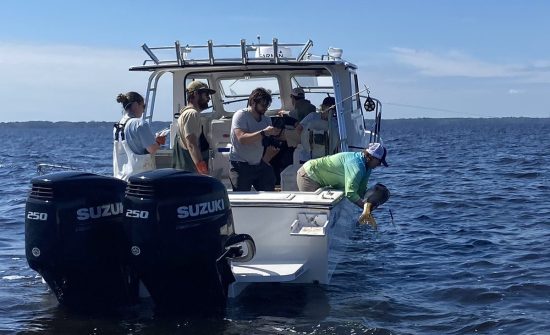
Satellite Tracking Study Aims To Unlock More Red Drum Secrets
Tim Wilson - April 8, 2025A pilot study tracking a popular saltwater fish was not expected to yield as much information as it did in its first year. When the North Carolina…
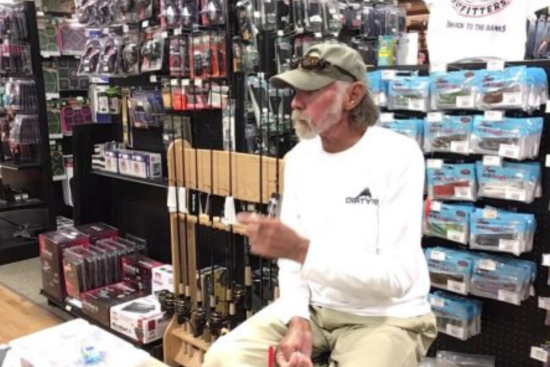
9 Things Fishing Guides Won’t Tell You
Tim Wilson - April 8, 2025We’re all amazed at how fishing guides nearly always know what to do and where to go to put fish in the boat. Most guides are fishing…
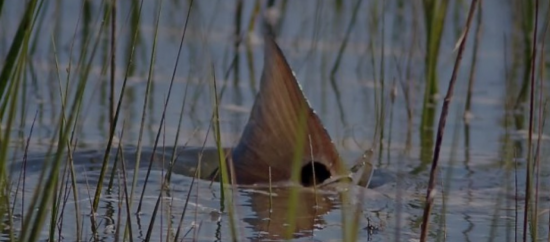
How the Moon Phase Impacts Inshore Fishing
Tim Wilson - April 3, 2025The late spring and early summer months are a time of the year when the inshore goes thru a transition period. It's when the fish come out…
Most from this category
